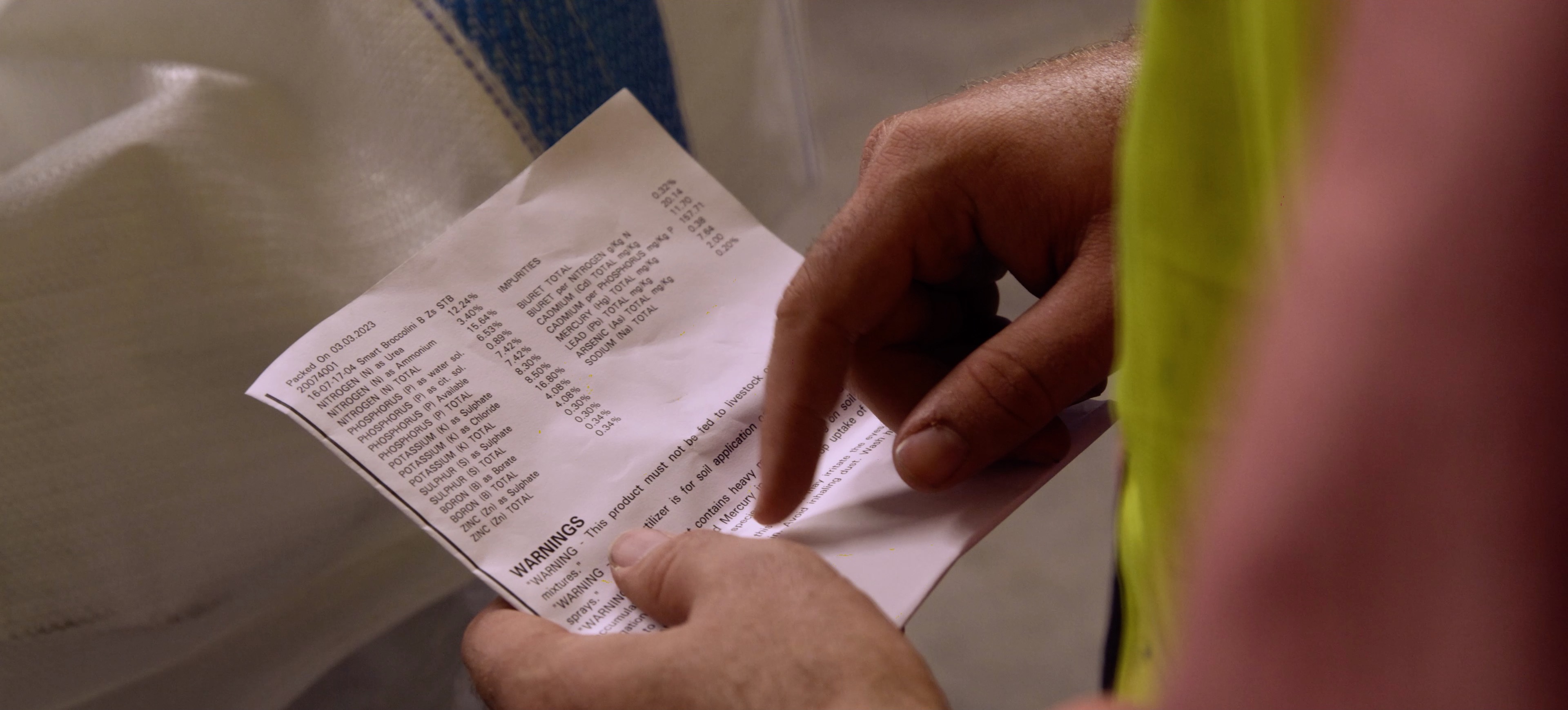Fertiliser regulation
Regulation of the contents and labelling of fertilisers sold in Victoria helps to manage the risks associated with its use in agriculture.
The main risk is from the heavy metal contaminants, cadmium, mercury and lead, present in some fertilisers. These contaminants may accumulate in soils. It may also lead to levels in plant and animal products that are above Australian or international standards.

The Agricultural and Veterinary Chemicals (Control of Use) (Fertilisers) Regulations 2025 manage these risks by:
- maximum permissible concentrations of cadmium, mercury and lead contaminants in fertilisers
- the warning statements fertiliser products must carry if certain contaminants exceed prescribed levels
- product descriptions to be provided to purchasers as attached labels or advice notes
- minimum requirements for product descriptions to be supplied via product labels or advice notes.
Guide to Victorian fertiliser regulations
The Guide to Victorian Fertiliser Regulations has been developed to provide a plain English explanation to the Act.
The guide has been developed to help fertiliser manufacturers and suppliers comply with the Regulations and provides references to other relevant standards and agencies.
It should be read in conjunction with the Regulations. Manage these risks with the following requirements:
- Guide to Victorian fertiliser regulations
 [PDF File - 878.1 KB]
[PDF File - 878.1 KB] - Guide to Victorian fertiliser regulations
 [MS Word Document - 15.6 MB]
[MS Word Document - 15.6 MB]
National code of practice for fertiliser description and labelling
The National Code of Practice for Fertiliser Description and Labelling (the CoP) was developed by Fertilizer Australia in conjunction with the Department of Agriculture and state and territory fertiliser regulators.
The CoP is not a replacement for the Regulations, as is it not currently underpinned by legislation.
The CoP incorporates the general requirements of the Victorian Regulations and includes additional standards, such as nutrient labelling, that may be applicable in other jurisdictions and form best practice.
The CoP can be found on the Fertilizer Australia website.
Fungicide treatment of fertilisers
Treating fertilisers with fungicides is an efficient way of protecting crops from fungal diseases.
There are a range of registered products containing the active ingredients flutriafol or triadimefon that can be mixed with fertilisers to treat fungal disease in range of broadacre situations.
As with all agricultural chemicals, fungicides must be used in line with the product's label directions.
In situations where commercial fertiliser distributors are treating fertilisers with a fungicide, the business must hold a Commercial operator licence (COL) issued by Agriculture Victoria.
Businesses that apply agricultural chemicals to fertilisers need to ensure that equipment used to handle treated fertiliser (conveyors, augers, truck trailers, field bins) is thoroughly decontaminated to minimise the risk of residues being passed on to subsequent commodities such as grain.